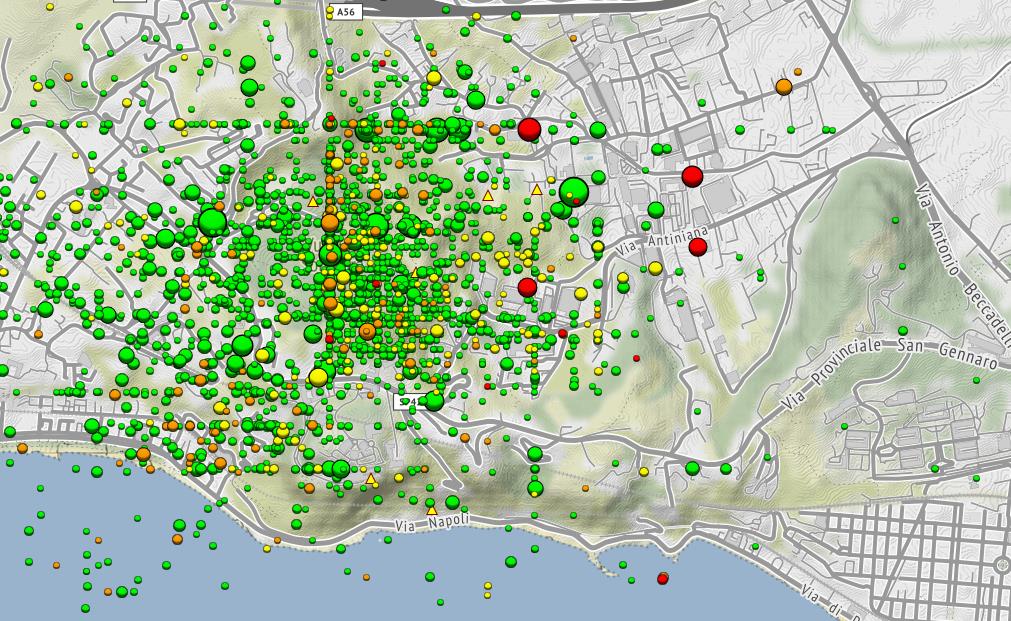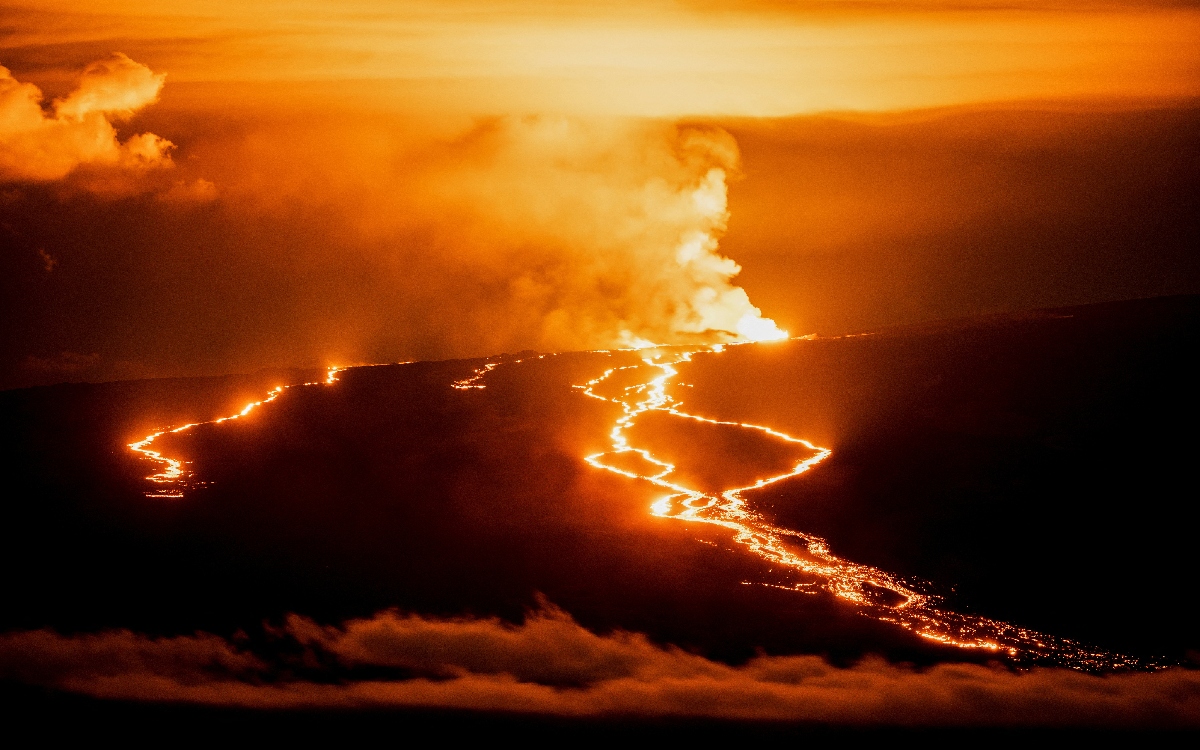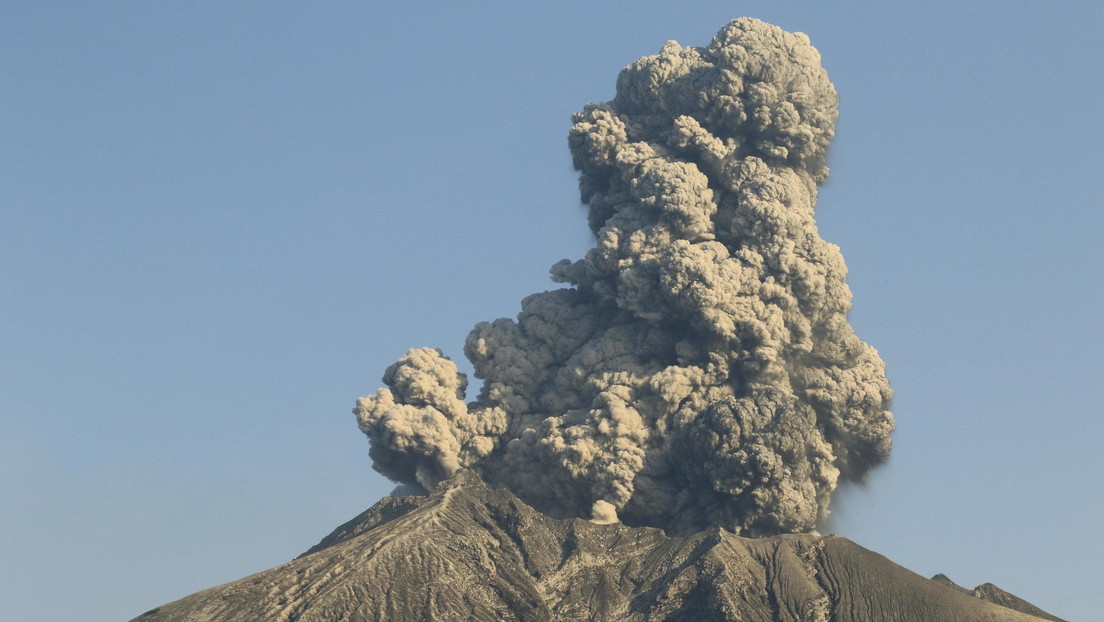XPan
The Living Force
Mauna Loa, Hawai'i
1-2 Dec 2022
So, all these images that follow were made by 'Paradise Helicoper' showing the amazing landscape of the Mauna Loa eruption, as well in several photos you can see the twin volcano Mauna Kea. Now Mauna Kea may night look so mighty - because the area of the Saddle (road) is already 2000 meter high, so Mauna Kea only sticks out with 2100 meter.
With View towards Mauna Loa, the Observstory with it's now cut off road.









1-2 Dec 2022
So, all these images that follow were made by 'Paradise Helicoper' showing the amazing landscape of the Mauna Loa eruption, as well in several photos you can see the twin volcano Mauna Kea. Now Mauna Kea may night look so mighty - because the area of the Saddle (road) is already 2000 meter high, so Mauna Kea only sticks out with 2100 meter.
With View towards Mauna Loa, the Observstory with it's now cut off road.





